The fauna and flora of exposed and engraved rocks form a fascinating tapestry of life, where resilience meets artistry. Creatures like the Saga pedo grasshopper and Parnassius apollo butterfly navigate the harsh terrains, coexisting with hardy plants such as Alpine Buttercup and Edelweiss. This unique ecosystem not only showcases remarkable adaptations but also illustrates the intricate interplay between living organisms and their geological surroundings. As one explores these rugged landscapes, questions arise about how environmental changes shape both the biodiversity and the cultural narratives embedded in these rocks. What stories might they reveal?
Good To Know
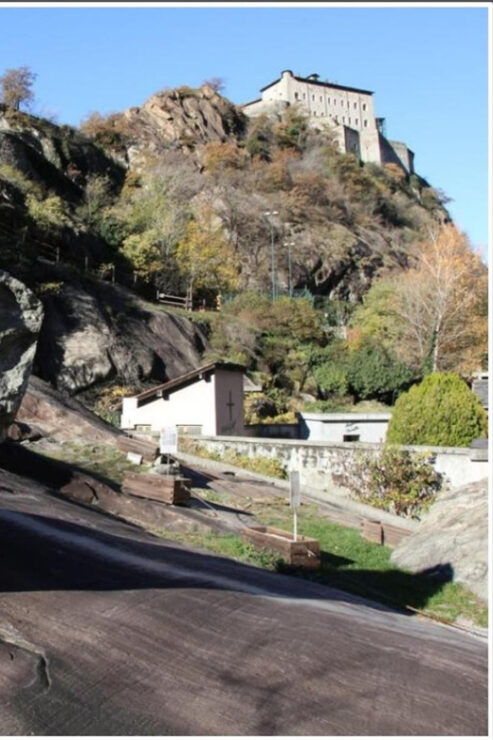
- Exposed rocks host unique flora like Alpine Buttercup and Edelweiss, adapted to harsh climates and rocky terrains.
- Fauna includes species such as Saga pedo and Parnassius apollo, showcasing remarkable adaptations to arid conditions.
- Engraved rocks provide insights into ancient human culture, showcasing artistic expressions and social structures related to the environment.
- Xerothermic oases within these regions support rare species, enhancing biodiversity and promoting ecosystem resilience against climate extremes.
- Seasonal changes bring diverse life cycles, with spring blooms and autumn migrations illustrating intricate ecological relationships.
Overview of Exposed Rocks
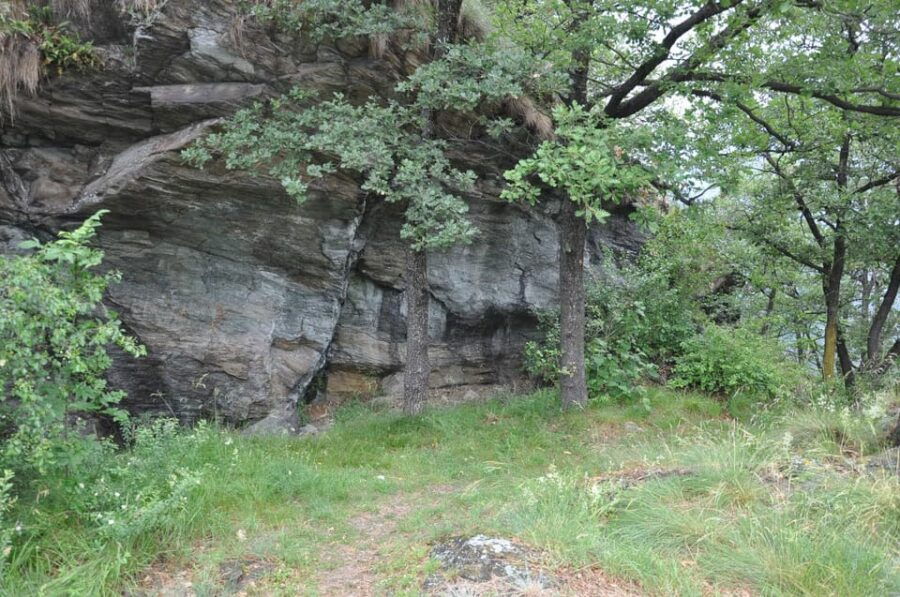
Exploring exposed rocks reveals a fascinating interplay of geological history and biodiversity.
These geological formations tell stories of ancient landscapes, shaped over millions of years by natural forces like erosion and tectonic activity. Within these rugged surfaces, unique ecosystems thrive, showcasing resilient flora and fauna that adapt to harsh conditions.
In the xerothermic oases of the southern Alps, for instance, one can find the largest grasshopper in Europe, Saga pedo, alongside striking butterflies such as Parnassius apollo. Birds like the Circaetus gallicus soar above, while the intricate patterns of life intertwine with the weathered surfaces below.
This dynamic relationship between rock and life offers a vivid glimpse into the earth’s evolutionary journey, inviting exploration and appreciation of nature’s artistry.
Find more activities and experiences we've covered in Aosta.
Importance of Engraved Rocks
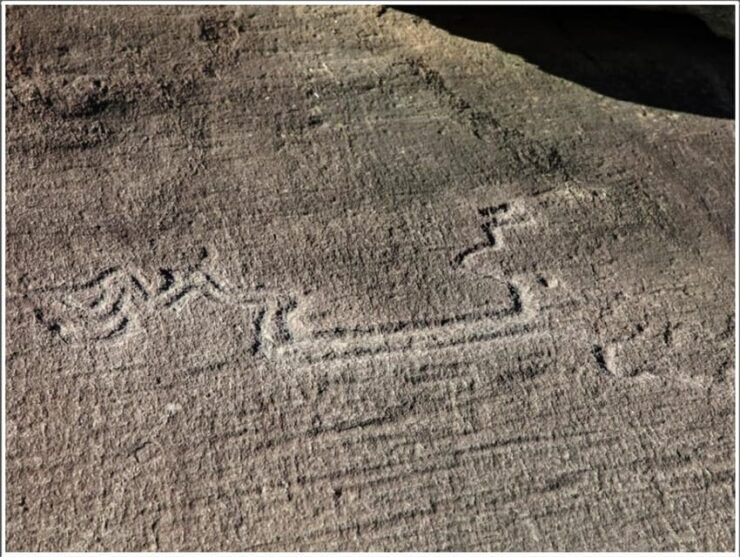
Engraved rocks serve as vital windows into the past, offering insights into the cultural and environmental narratives of ancient civilizations.
These fascinating artifacts not only reveal the artistic expressions of early humans but also provide clues about their social structures, beliefs, and interactions with the surrounding environment.
By studying these engravings, researchers can uncover details about ancient lifestyles, including hunting practices, spiritual rituals, and ecological knowledge.
On top of that, they contribute to understanding the geological history of the regions, highlighting how natural forces shaped the landscapes that housed these communities.
Engraved rocks, therefore, are invaluable resources in piecing together the complex tapestry of human history and environmental change, bridging the gap between past and present.
Flora Found in These Environments
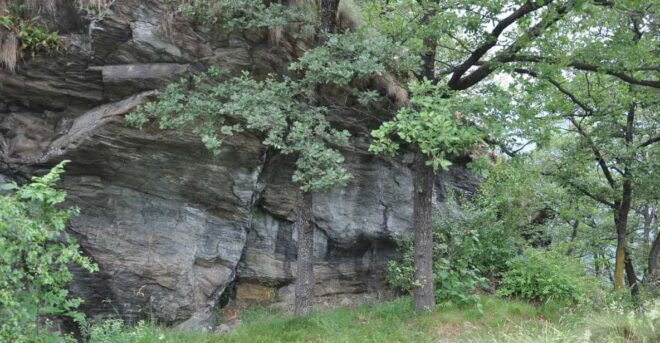
The vibrant flora of xerothermic oases in the southern Alps showcases a remarkable adaptation to the region’s arid climate and unique geological features. These plants thrive in minimal soil conditions, employing innovative strategies for survival.
| Plant Species | Unique Adaptation |
|---|---|
| Alpine Buttercup | Tolerates extreme cold |
| Rock Samphire | Salt-tolerant, thrives near water |
| Wild Thyme | Drought-resistant |
| Mountain Avens | Deep-rooted for stability |
| Edelweiss | Forms protective leaves |
The presence of these resilient species not only enhances the beauty of the landscape but also plays a crucial role in maintaining the ecological balance. Observers marvel at how these plants flourish against all odds, enriching the biodiversity of exposed rock areas.
Fauna of Exposed Rock Areas
Often found in the rugged terrain of exposed rock areas, diverse fauna thrive in the harsh conditions of xerothermic oases. Among the most notable inhabitants is the Saga pedo, the largest grasshopper in Europe, known for its impressive size and vibrant coloration.
Various Lepidoptera species, such as Callimorpha quadripunctaria and Parnassius apollo, flit between the sparse vegetation, showcasing their delicate beauty. Birds like the Anthus campestris and Circaetus gallicus soar above, their calls echoing through the rocky landscape.
These species have adapted remarkably well to the arid climate, showcasing resilience and survival skills. Each creature plays a vital role in this unique ecosystem, contributing to the rich tapestry of life that flourishes amidst the exposed rocks.
More Great Tours NearbyEcological Significance of Xerothermic Oases
Xerothermic oases embody a remarkable ecological significance, serving as crucial refuges for diverse flora and fauna in arid landscapes.
These unique habitats sustain life in otherwise harsh conditions, supporting species that might otherwise vanish. Their importance can be summarized in four key points:
Biodiversity Hotspots: They harbor rare and endemic species, contributing to global biodiversity.
Climate Resilience: Oases act as natural buffers against climate extremes, helping ecosystems adapt.
Cultural Heritage: Many oases are linked to human history, showcasing traditional land use and ancient practices.
Ecosystem Services: They provide essential services, such as water filtration and carbon sequestration, benefiting surrounding areas.
Through understanding xerothermic oases, one gains insight into the intricate balance of nature and the urgent need for conservation.
Seasonal Changes in Biodiversity
As seasons shift, the biodiversity within xerothermic oases undergoes remarkable transformations, revealing the intricate relationships between climate and living organisms. Each seasonal change brings forth a unique array of flora and fauna, showcasing nature’s adaptability. Spring bursts with flowering plants and the lively emergence of insects, while summer thrives with the vibrant activity of birds and pollinators. Autumn signals migration and seed dispersal, and winter’s dormancy offers a stark yet beautiful contrast.
| Season | Flora | Fauna |
|---|---|---|
| Spring | Wildflowers, Grasses | Insects, Nesting Birds |
| Summer | Shrubs, Hardy Perennials | Grasshoppers, Pollinators |
| Autumn | Deciduous Trees, Seed Plants | Migrating Birds, Mammals |
| Winter | Dormant Vegetation | Hibernating Species |
Capturing Nature: Photography Tips
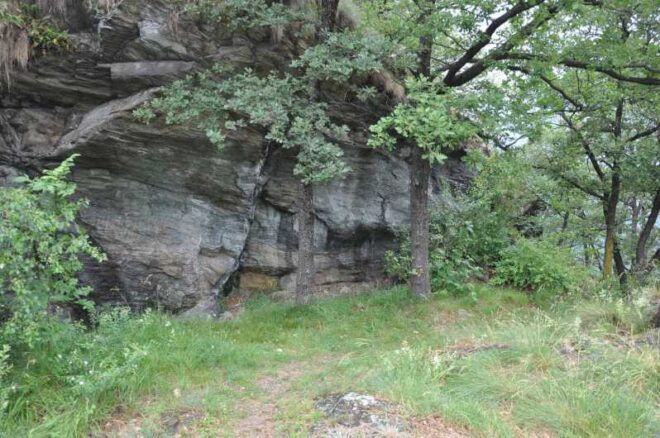
Enjoy the beauty of nature by capturing stunning photographs during your exploration of engraved rocks and their surrounding flora and fauna.
Here are some photography tips to enhance your experience:
Golden Hour Magic: Shoot during early mornings or late afternoons for soft, warm light that adds depth to your images.
Focus on Details: Capture the intricate patterns of the engraved rocks and the delicate features of local flora and fauna.
Play with Perspectives: Experiment with different angles; sometimes a low shot can reveal the hidden beauty of a subject.
Use Natural Frames: Incorporate natural elements like branches or leaves to create intriguing frames around your subjects.
These tips can help create breathtaking memories of your adventure in nature.
Visiting and Exploring These Sites

When visitors venture into the breathtaking landscapes of engraved rock sites, they uncover a rich tapestry of biodiversity and cultural history. Guided by specialists, they explore unique ecosystems teeming with life, from the largest grasshoppers in Europe to vibrant butterflies.
Each step reveals intricate rock carvings that connect ancient civilizations to the geological, botanical, and zoological wonders surrounding them. Participants are encouraged to capture stunning photographs, documenting the interplay of flora and fauna against the backdrop of these ancient artworks.
With wheelchair accessibility and thoughtful recommendations for outdoor clothing, everyone can enjoy the experience. Essential items like binoculars and charged smartphones enhance the adventure, ensuring visitors make the most of their exploration in these awe-inspiring locales.
Frequently Asked Questions
What Is the Best Time of Year to Visit These Sites?
The best time to visit these sites is during spring or early fall. Visitors enjoy mild temperatures, vibrant colors, and abundant wildlife, making exploration and photography opportunities truly captivating in these naturally rich environments.
Are There Age Restrictions for Participants in the Activity?
Participants of all ages can join the activity, as it’s designed to be inclusive. Families and individuals alike enjoy exploring nature together, guided by specialists who ensure a safe and enriching experience for everyone.
What Safety Measures Are in Place During the Exploration?
During the exploration, guides ensure participants wear appropriate gear, follow safety protocols, and stay within designated areas. They regularly check surroundings for hazards, providing a secure environment while fostering an enriching learning experience for everyone involved.
Can We Bring Pets on the Guided Tour?
They can’t bring pets on the guided tour. The organizers prioritize safety and comfort for all participants, ensuring that everyone enjoys the experience without distractions or potential issues arising from animals during the exploration.
Is Prior Experience in Nature Exploration Required?
No prior experience in nature exploration’s required; the guide accommodates all skill levels. Participants’ll engage with the environment, learning about unique ecosystems while enjoying a safe, informative adventure tailored to their interests and comfort.
The Sum Up
To sum it up, the exposed and engraved rocks serve as vibrant canvases for resilient flora and fauna, each species showcasing remarkable adaptations to their harsh surroundings. The intricate relationships between these organisms and their geological habitats reveal the delicate balance of ecosystems. As visitors explore these unique landscapes, they not only witness the beauty of biodiversity but also gain insight into the profound effects of environmental changes. Such experiences deepen their appreciation for the natural world and its ever-evolving story.
You can check availability for your dates here: More Great Tours NearbyMore Tour Reviews in Aosta
- Pizza & Tiramisu Class at a Cesarina’s home with tasting in Aosta
- Pasta-making class at a local’s home with tasting in Aosta
- Aosta: Guided Walking Tour
- Aosta Valley: Snowshoe Lessons in Enchanted Winter Forests
- Aosta hot air balloon flight over the Alps with breathtaking views
- Aosta: a Full Meal Walking Food Tour With a Local
Looking for something different? Other Aosta activities we've written about
- Pizza & Tiramisu Class at a Cesarina’s home with tasting in Aosta
- Pasta-making class at a local’s home with tasting in Aosta
- Aosta: Guided Walking Tour
- Aosta hot air balloon flight over the Alps with breathtaking views
- Aosta: a Full Meal Walking Food Tour With a Local
- Aosta: Hot Air Balloon Flight With Stunning Views of the Alps
- Aosta: Hot Air Balloon Flight With Mountain Views
- Aosta: Hot-Air Balloon Flight With Splendid View of the Alps
- Best Historical Tours In Aosta
- 4 Best Shopping Tours In Aosta
- 5 Best Workshops And Classes In Aosta
- 2 Best Pasta Experiences In Aosta
